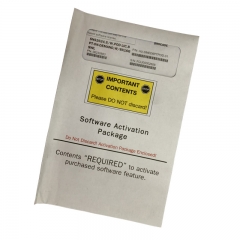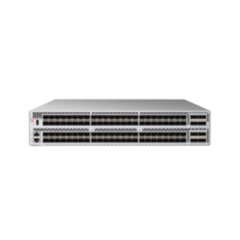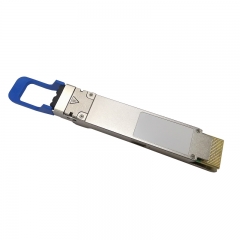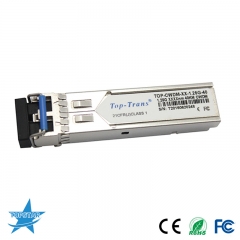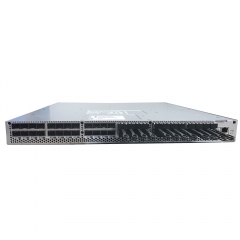The fourth generation of mobile connectivity started to make waves in the late 2000s. 4G made mobile internet speeds up to 500 times faster than 3G and allowed support for HD TV on mobile, high quality video calls, and fast mobile browsing. The development of 4G was a massive feat for mobile technology, especially for the evolution of smartphones and tablets. 4G is now common throughout the world, but things are about to change again. The Internet of 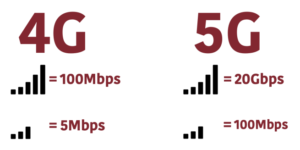 Things is now a real possibility and 4G will not be able to manage the huge number of connections that will be on the network. It is expected that there will be more than 20bn connected devices by 2020, all of which will require a connection with great capacity. This is where 5G comes into force.
Things is now a real possibility and 4G will not be able to manage the huge number of connections that will be on the network. It is expected that there will be more than 20bn connected devices by 2020, all of which will require a connection with great capacity. This is where 5G comes into force.
5G is the newest mobile network that’s replacing the current 4G technology by providing a number of improvements in speed, coverage, and reliability. The primary focus and reason for needing an upgraded network is to support the growing number of devices that demand internet access, many of them requiring so much bandwidth in order to function normally that 4G simply doesn’t cut it anymore. 5G uses different kinds of antennas, operates on different radio spectrum frequencies, connects many more devices to the internet, minimizes delays, and delivers ultrafast speeds.
These high frequencies are great for a number of reasons, one of the most important being that they support a huge capacity for fast data. Not only are they less cluttered with existing 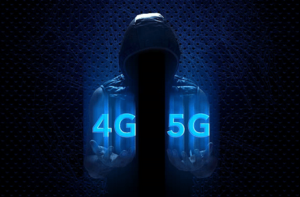 cellular data, and so can be used in the future for increasing bandwidth demands, they’re also highly directional and can be used right next to other wireless signals without causing interference.
cellular data, and so can be used in the future for increasing bandwidth demands, they’re also highly directional and can be used right next to other wireless signals without causing interference.
This is very different than 4G towers that fire data in all directions, potentially wasting both energy and power to beam radio waves at locations that aren’t even requesting access to the internet. 5G also uses shorter wavelengths, which means that antennas can be much smaller than existing antennas while still providing precise directional control. Since one base station can utilize even more directional antennas, it means that 5G can support over 1,000 more devices per meter than what’s supported by 4G.
What all of this means is that 5G networks can beam ultrafast data to a lot more users, with high precision.While 4G is still improving, what you get is realistically generally somewhere between 10Mbps and 50Mbps. If we look at Netflix recommendations for streaming speeds, it recommends 25Mbps for Ultra HD quality. You only need 5Mbps for HD. The aim with 5G is to hit 50Mbps as an average minimum. It’s always nice to have faster speeds, but that’s not really the big attraction with 5G because 4G speeds are already pretty good.
 +86 19860146913
+86 19860146913 dsale@topsfp.com
dsale@topsfp.com العربية
العربية English
English русский
русский español
español 中文
中文







